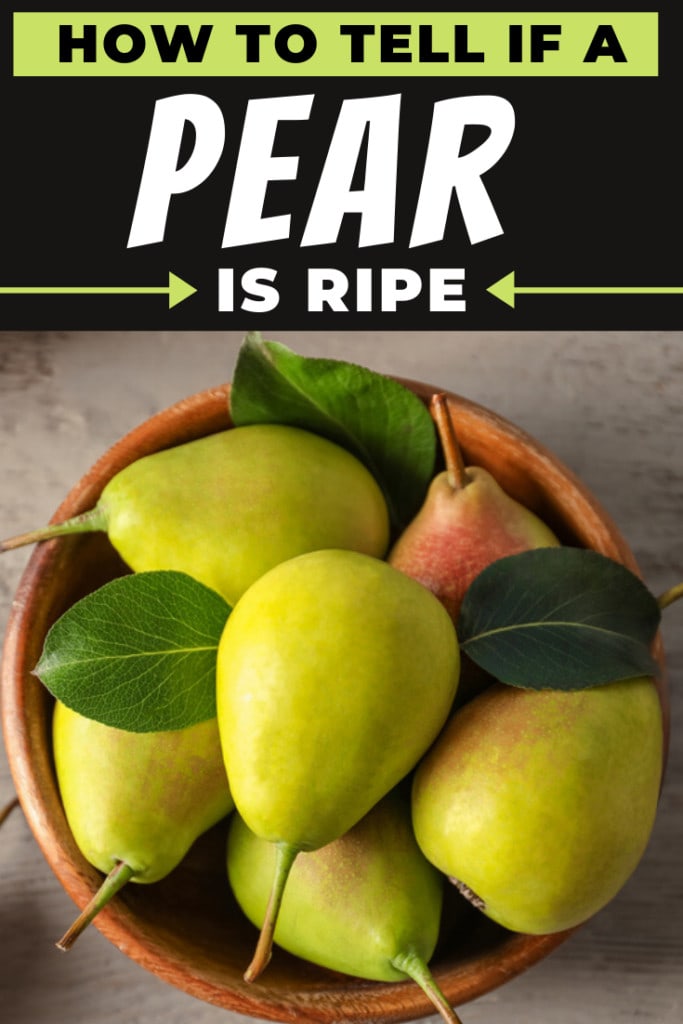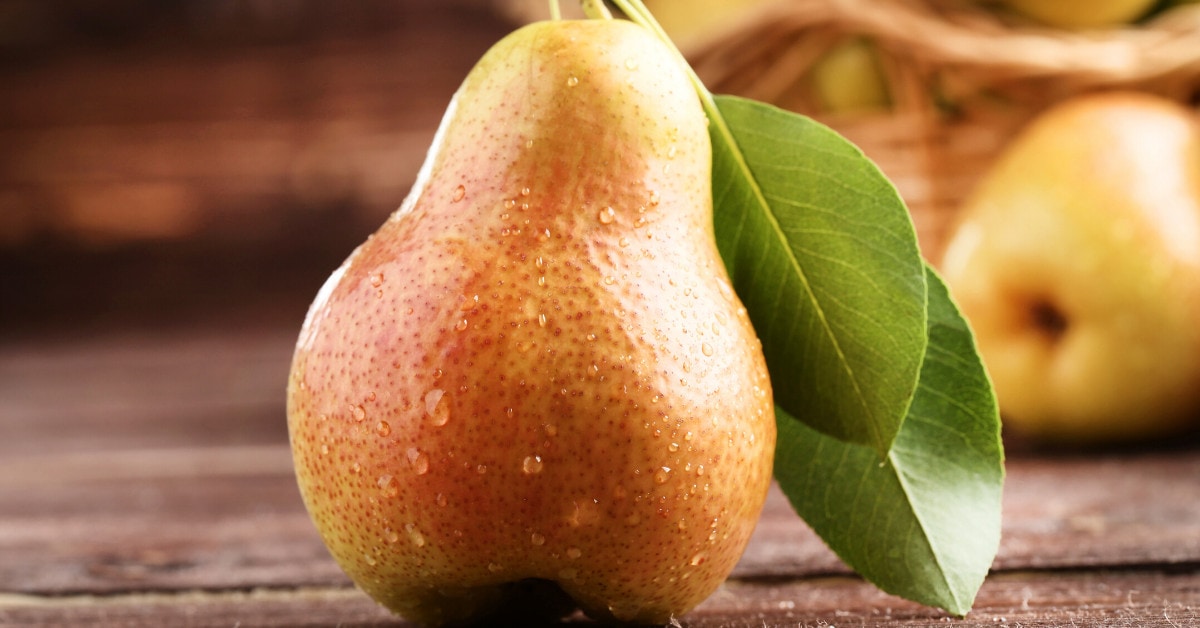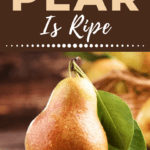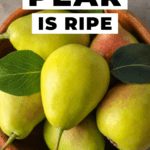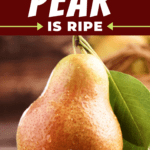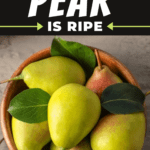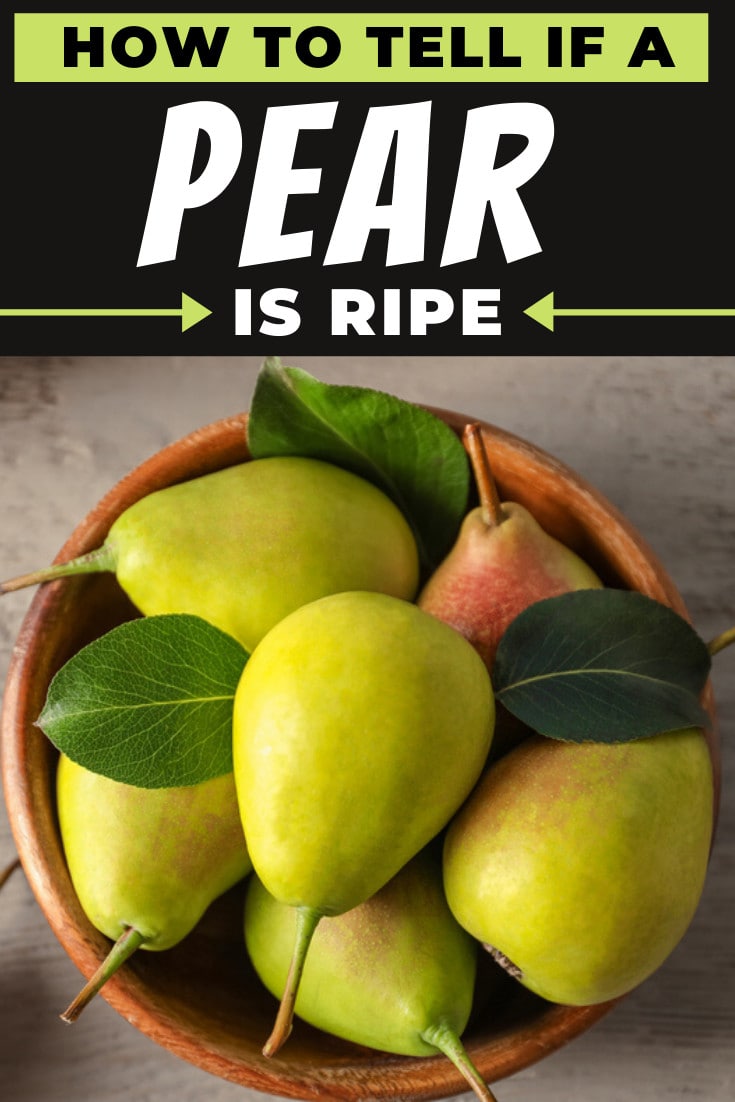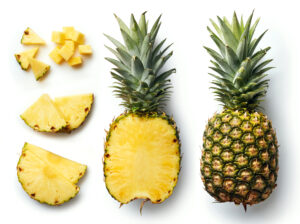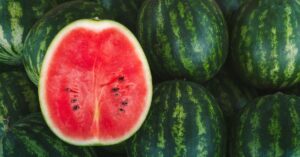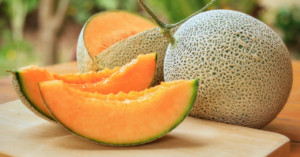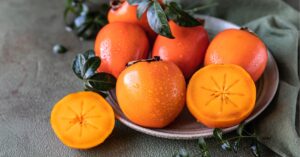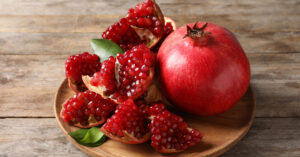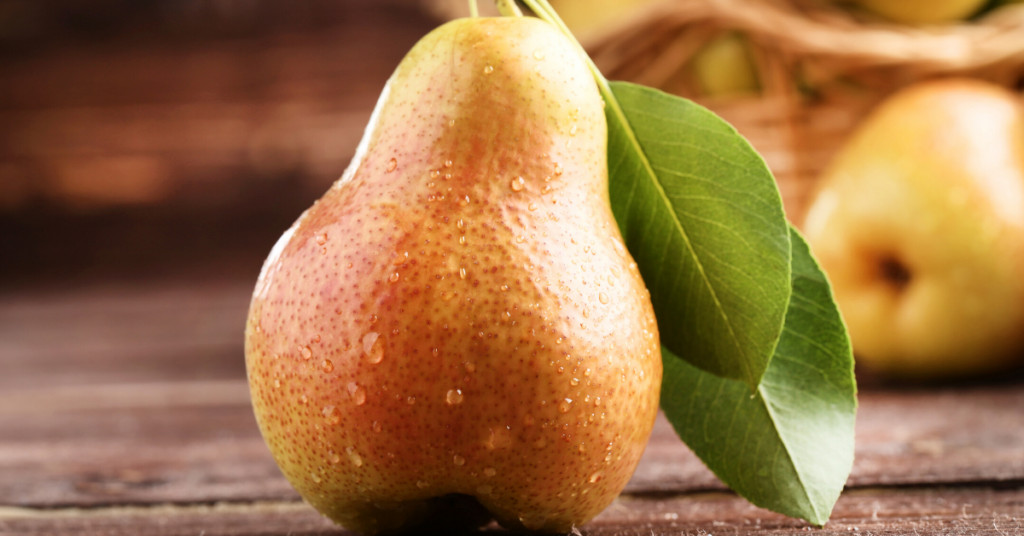
A ripe and juicy pear is one of the best fruits. That unique grainy texture, subtle fruity flavor, and juice dripping down your chin with every bite is just divine.
But… biting into a pear and expecting that heavenly experience, but getting a crunchy, dry, flavorless mouthful – is there anything worse?
It’s a little-known fact that pears are harvested before they are fully matured to prevent them from getting mushy while still on the tree. Therefore, they’re usually not ripe and ready to eat at the store either.
Pears ripen from the inside out which can make it hard to get the timing just right, and most pears don’t change color as they ripen either, presenting another difficulty.
So how do you tell if a pear is ripe? I’m here to tell you just that, plus how to ripen, store, and use your succulent pears.
How to Tell if a Pear is Ripe
If you’ve brought home Bartlett pears, you’re in luck. This variety does change color as it matures. Like a banana, Bartlett pears go from green to yellow over the course of about a week. Once yellow and soft, they are good to go.
Other pears like Bosc or Anjou however, change their appearance very little, if at all. Some pears have color variations on their skins, or natural blemishes, but these don’t have anything to do with ripeness or flavor.
The easiest way to tell whether a pear is ripe or not is to check the neck. Gently push the flesh of the pear towards the top, near the stem. If there’s a little bit of give, your pear is ripe and ready to eat.
Since they ripen from the inside out, it makes sense to check the part of the pear that is nearest the core of the fruit. If all the pears at the grocery store are hard, don’t despair, they will ripen at home!
If your pear is very soft all over, not just on the neck, and covered in dark spots, it’s probably even worse on the inside. Too soft means it’s most likely mushy and mealy inside.
But not to worry! If you don’t eat up your ripe pears in time, you can still use overripe pears for smoothies or baking.
Asian pears are totally different though! These varieties have a texture and shape that is much more like an apple, and are eaten crisp and crunchy like apples too.
They’re often wrapped in soft little nets to prevent bruising, so that’s a great way to identify them at the market. Asian pears are usually brown or yellow and have rougher skin.
To choose a ripe Asian pear, look for browner or more yellow-colored pears with no green undertones. They should be firm with no soft spots and give off a sweet smell. You can bring home green ones and they will also ripen in a few days, like the previously mentioned varieties.
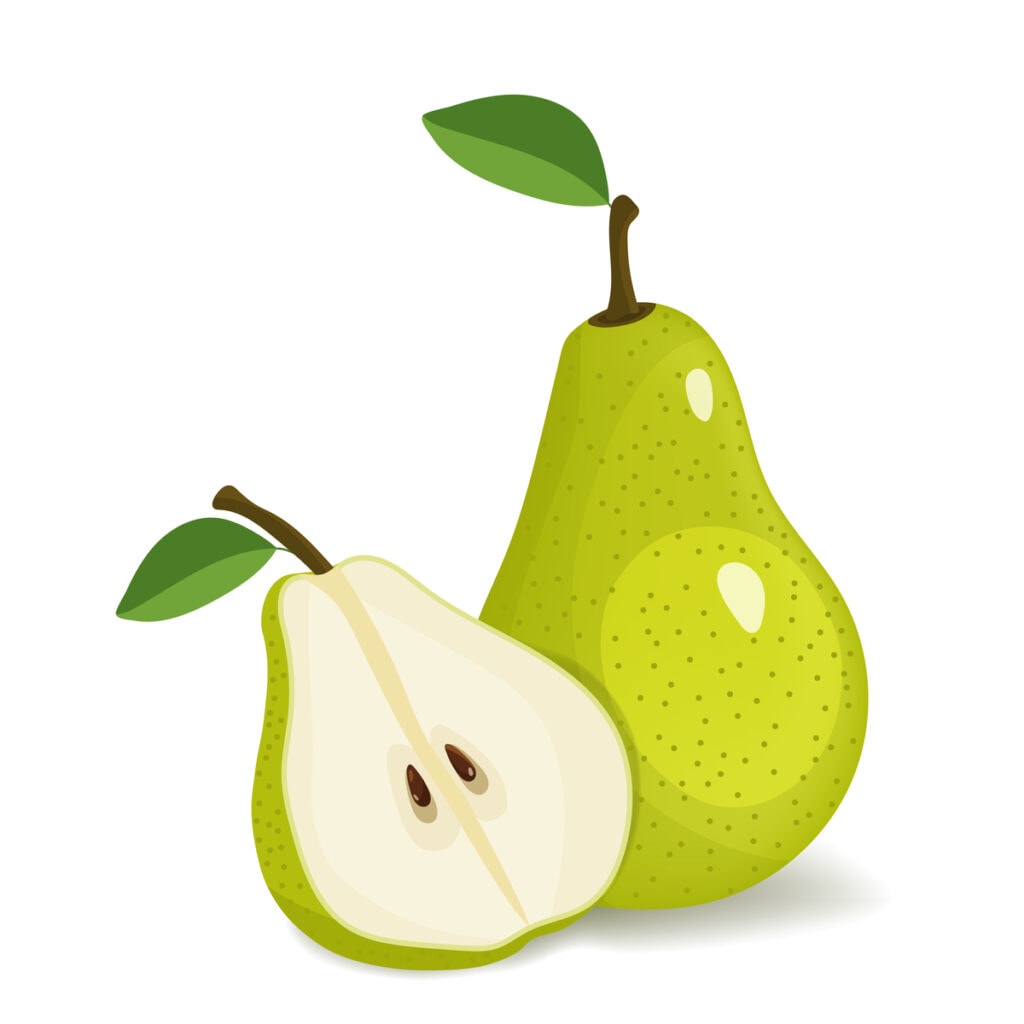
How to Ripen Pears
Leave firm, unripe pears at room temperature to help them continue to ripen. Check the neck of the pears every day to see if they are ready or not. You’d be surprised at how fast a pear can turn from hard as a rock, to soft, moist, and just perfect.
The Banana Trick. To speed up the ripening process, you can place your pears in a paper bag. Lightly fold the top to close it. This will produce ripe, juicy pears in 2 – 4 days.
So, why does this work? Pears (just like like bananas, avocados, and apples), give off a natural gas called ethylene. When the pears are put inside a bag, these gases become trapped and help ripen the fruit faster.
To speed up the ripening process even further, you can combine other ethylene-producing fruits inside the bag – such as bananas or a ripe apple. But be sure to check daily to see how they’re progressing.
How to Store Pears
As you wait for your pears to ripen, store them on a plate or on the counter, but make sure they’re side by side and not stacked to avoid bruising.
Once your pears start to soften, you can store them in the fridge to slow down the ripening process and maximize their freshness. In the refrigerator, they will last about five days longer than if they are sitting out on the counter.
If you want to store pears for a longer period of time, I suggest canning them. Canned pears are delicious as is or you can use them for baking.
You can also freeze pears, but as most varieties are so soft when ripe, they aren’t the best fruit for freezing. Firmer varieties like Anjous would be the best option for freezing.
How to Use Pears
Soft pears like Bartlett and Comice are the best ones to eat raw. However, these varieties will disintegrate if used for cooking, so if you’re looking to bake with your pears, choose Anjou or Bosc that stay firmer.
If your recipe calls for crisp and crunchy, go Asian. Asian pears are great in salads, while softer varieties go fabulously with a cheese plate.
You can also use pears instead of apples in baking pies, crisps, and crostinis, or even for a twist on applesauce. Baked pears topped with brown sugar and pecans is one of my favorite fall treats. And if you want to get really gourmet, grilled ham, cheddar and pear sandwiches are to die for!
